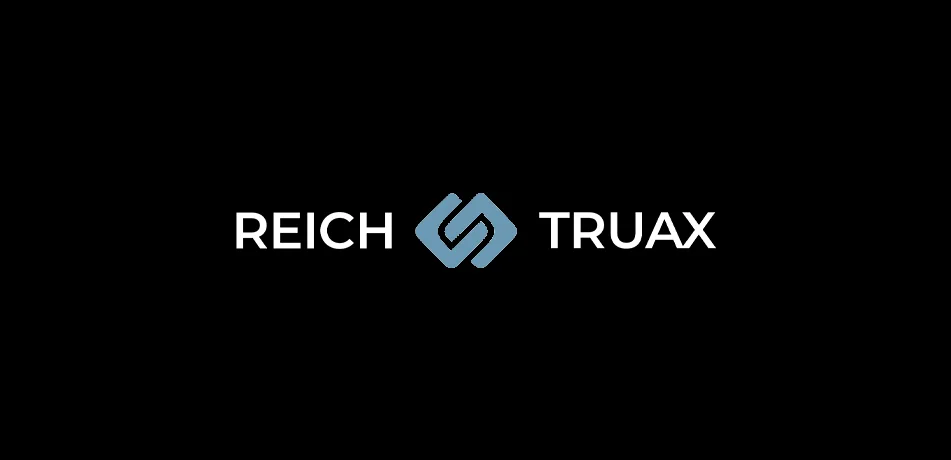Understanding the QDRO in a divorce

Residents in Connecticut who get divorced know that there will be many new things to learn and decisions to make. One of the difficult parts of ending a marriage is deciding how the couple’s assets and debts will be split between both parties. It is important for spouses to know that making this decision requires not simply agreements between each other but may also require that they follow certain processes in order to avoid unforeseen pitfalls.
When it comes to dividing retirement assets, this is especially important. As explained the U.S. Department of Labor, a 401K account owner is generally the only person legally allowed to take money from that account. In addition, if the account owner withdraws money to pay to a spouse for a property division settlement, that owner may end up having to pay not only taxes on the distribution but also penalties if they do not meet retirement criteria.
The Internal Revenue Service notes that the use of a qualified domestic relations order allows the spouse who does not own the 401K account to be named as an alternate payee. This allows that person to receive money directly from the account as described in the divorce agreement. The account owner thereby is relieved of tax and penalty liability. The spouse who receives money may be able to avoid taxation if they reinvest the money into another retirement fund.
The QDRO may also be used to allow a 401K account owner to access the money in the fund to pay child support or spousal support.



